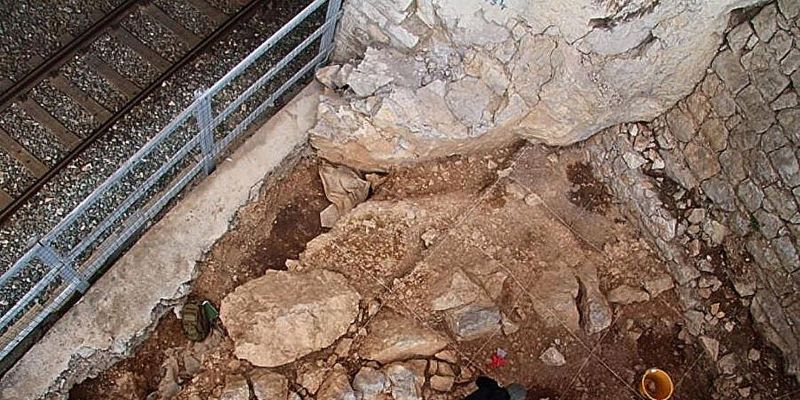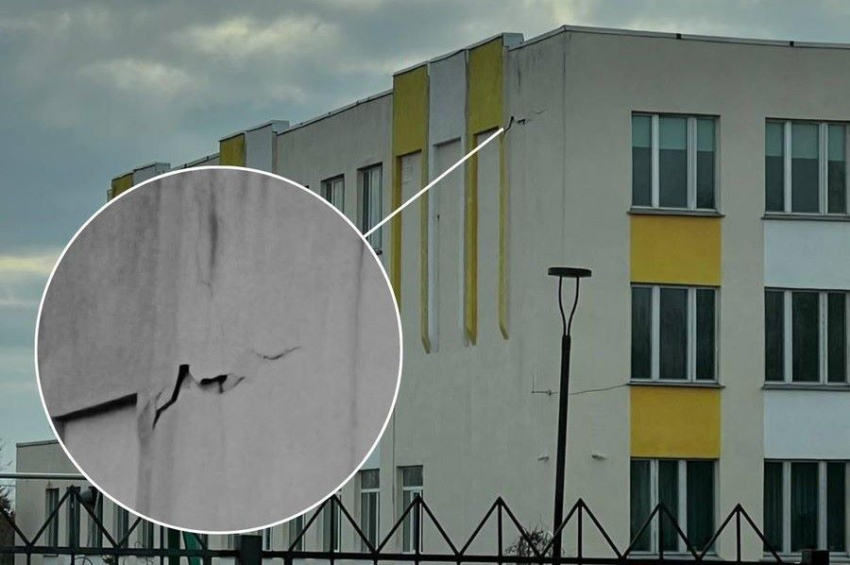Neanderthals used to organize their living space in structured way
The two human species were very much alike in many aspects, as per researchers who study anthropology and the history of human kind. A team of archeologists from the Université de Montréal, Canada, and the University of Genoa, Italy, now found that Neanderthals – pretty much like Homo Sapiens – organized their living space in a structured way.
Examining the Riparo Bombrini site (pictured below) once occupied by Neanderthal tribes in Liguria, Italy, the scientists mapped the distribution of stone tools, animal bones, ochre, and marine shells across the surface, and compared with what they knew about the spatial organization at Homo Sapiens sites.

The findings, published in the Journal of Archaeological Method and Theory, suggest that both Neanderthals and Homo Sapiens divided their living areas into distinct high- and low-intensity activity zones, or clusters, demonstrating comparable cognitive capacities for spatial organization.
“This homogeneity in spatial distribution hinted at an underlying structure in how these ancient humans utilized the space.
By tallying the number of contiguous units of the same type of clusters, we could discern patterns to help us identify the activities carried out by these groups,” said Amélie Vallerand, a doctoral student at the Université de Montréal, in a press release.
More to read:
Prehistoric arrow flints challenge timeline of first Neanderthal - Homo sapiens encounters
The study's quantitative and statistical analysis helped minimize bias and provided clear insights into the behavioral traits of both groups. Despite the similarities, some differences were observed. Neanderthal occupations showed lower artifact densities and fewer clusters, highlighting a more sporadic use of the site compared to the alternating short- and long-term base camps of Homo Sapiens.
The continuous presence of hearths and refuse pits across both populations also pointed to a shared logic in how these spaces were used, reflecting underlying patterns of planning and organization.
More to read:
New clues why Neanderthals lost to modern humans
This research underscores the significance of directly comparing the two species in a single context, providing compelling evidence that Neanderthals were not as different from modern humans as once thought. Both populations demonstrated a capacity for forward planning, adjusting their use of space according to their needs, the activities they performed, and how long they intended to stay.
Far from being primitive, Neanderthals exhibited behaviors that are strikingly similar to modern humans’, reinforcing their cognitive and behavioral sophistication.
***
NewsCafe relies in its reporting on research papers that need to be cracked down to average understanding. Some even need to be paid for. Help us pay for science reports to get more interesting stories. Use PayPal: office[at]rudeana.com or paypal.me/newscafeeu.







![[video] Aerospace startup proposes sled launch system to push planes into space](/news_img/2024/11/15/news0_mediu.jpg)